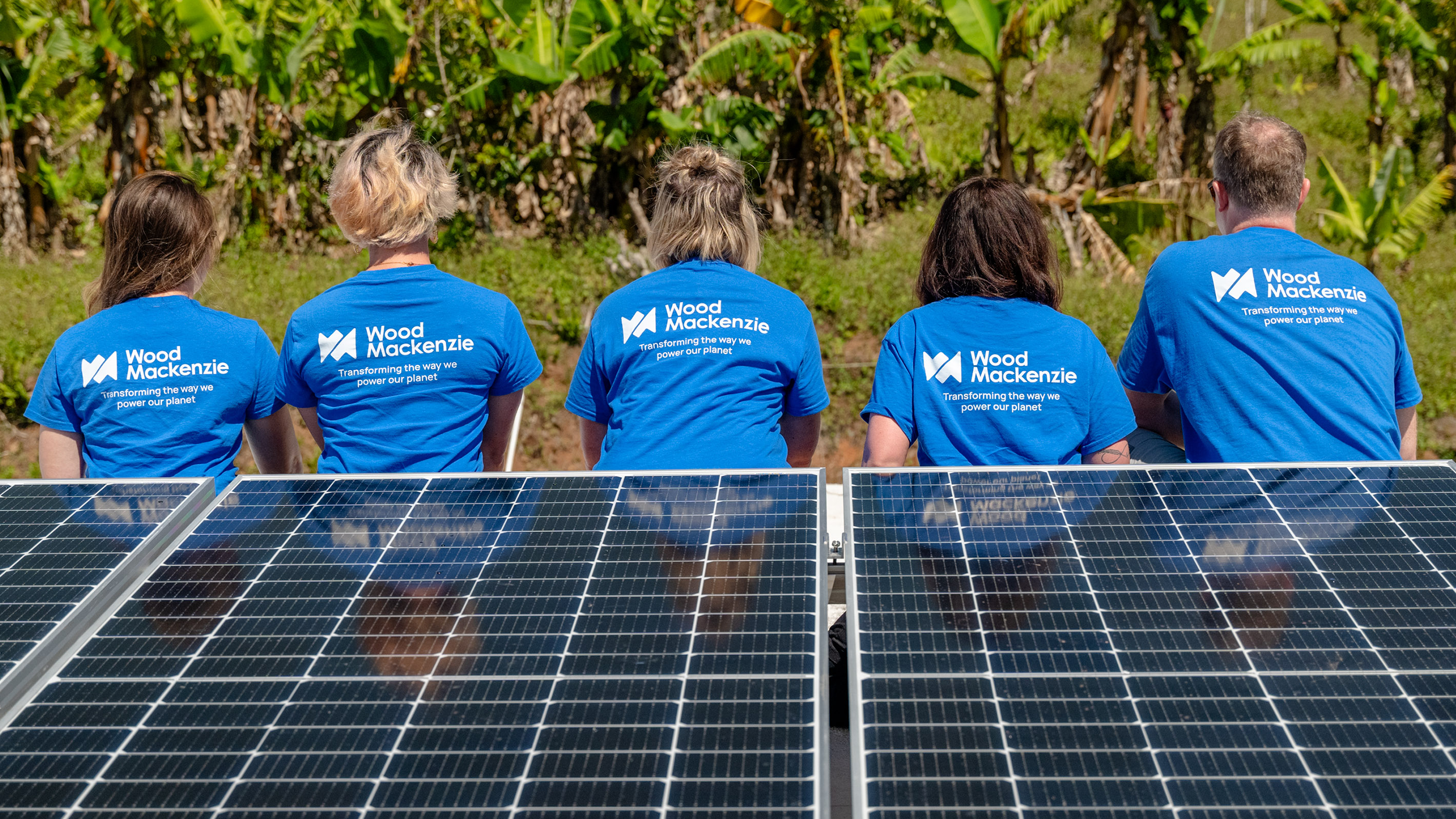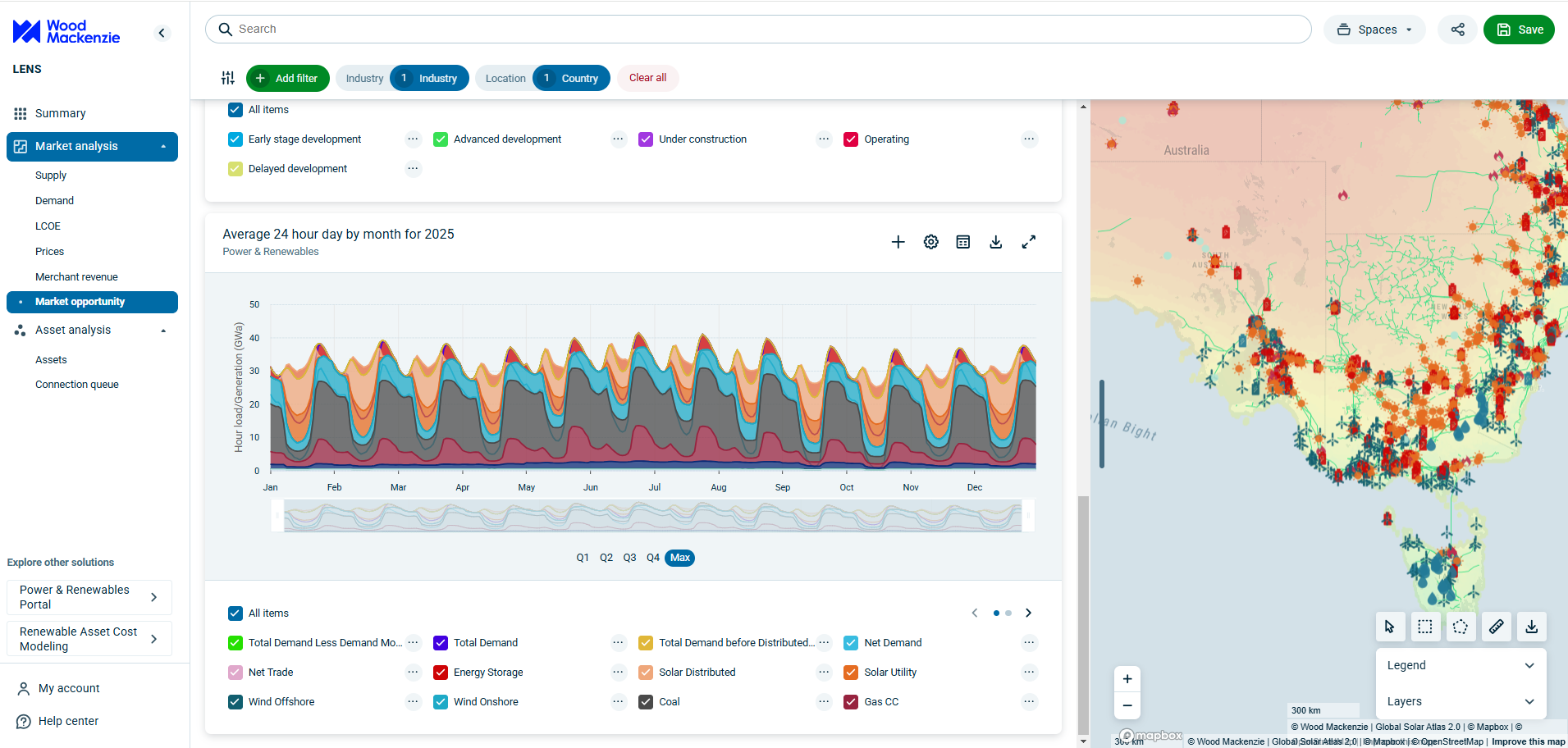Discuss your challenges with our solutions experts
Authors: Josh Garcia, Analyst, Natural Gas and Nicole McMurrer, Analyst, Natural Gas
The long-term impacts of COVID-19 lockdowns and the oil wars have plenty of implications for the gas market, impacting each region uniquely. The Northeast is no exception.
Since the lockdown was enacted in New York on 20 March, overall demand in the Northeast has fallen as expected. Our pipeline data shows that overall demand per degree has fallen around 10% for New York and around 12% for New England since the lockdowns started. The demand curve for New York not only shows lower demand but also a lower rate of consumption (lower slope). This confirms that, while there is a baseload residential demand from shelter in place orders, commercial demand and industrial demand behind local distribution companies is being destroyed. Isolating residential and commercial demand in New England shows the same lower rates of consumption. Power data for both regions shows lower demand but not lower rates of consumption.
Figure 1: New England total demand per degree for 21 March – 30 April year-over-year
Source: Wood Mackenzie
Figure 2: New York total demand per degree for 21 March – 30 April year-over-year
Source: Wood Mackenzie
The fallout of the economic downturn is unprecedented, and there are no strong examples with recent data that show how quickly demand will return. It is difficult to say how permanent the demand destruction is. At the risk of being too obvious, the gas demand recovery will mirror the greater economic recovery, and bankruptcies or drastically altered consumption habits might affect the rate of demand recovery.
Production in the Northeast was believed to have peaked in late 2019, and after an especially mild winter, coupled with low prices and the subsequent market crash, production in 2020 is expected to fall faster than previously modelled. For example, during the week of 30 March, rig counts fell by 10% week-over-week, faster than our models suggested. Rigs fell another 10% the week after and fell another 14% last week, further lowering the production forecast outlook.
In the short term, Northeast production has remained steady at around 32.5 Bcf/d since early March. Production is forecasted to decline at much slower rates in the Northeast compared to oil rich plays; however, Southwest Pennsylvania, Ohio, and West Virginia have liquid rich gas and are therefore exposed to those markets.
Due to the low oil prices seen over the last few weeks, natural gas production reduced where there is associated gas production, such as in the Permian; however, the Marcellus/Utica basin is slightly more insulated against oil prices due to significant dry gas production. Despite not being as exposed to oil, gas production economics were already suffering, with most producers announcing a steady state approach to 2020 activity. Production declines were already forecasted before the crisis began. In the Northeast, already low gas prices in production basins are a bigger threat for economic shut-ins than oil prices. The crisis has only worsened this outlook, with 2021 Northeast production forecasted to decline over 1 Bcf/d year-over-year more than what was forecasted before the crash.
Weak demand and steady near peak production in the East means that domestic gas storage is trending high. Despite seasonally average winter withdrawals, the EIA reported that storage in the East is at 400 Bcf as of 17 April. This is 149 Bcf higher year-over-year and rivals 2016, the last abnormally high storage year in the East. High inventory levels, near peak production, and weak demand all compound to a bearish outlook for Northeast prices.
Figure 5: EIA 5 Region weekly reported storage in the East
Source: US Energy Information Administration
International storage levels also have implications for the US market. European storage ended its winter at record levels, also due to a mild winter. On 1 April 2020, European inventory was at 2.04 Tcf, which is 54.07% full, 13.02% higher year-over-year, and it is currently around 570 Bcf higher year-over-year. The wider LNG market was already trending towards oversupply before the pandemic hit, but strong European storage means less demand for domestic LNG, and that feedgas will be pushed back into domestic markets.
Figure 6: European natural gas inventory levels since 2011
Source: Gas Infrastructure Europe AGSI
Interestingly, the Northeast is currently a more attractive winter market for LNG than Europe or Asia. At the time of writing, the Algonquin Citygate strip from December 2020 to February 2021 currently averages $6.156/MMbtu and Transco Zone 6 averages $5.347, according to NGI Prices. Dutch TTF (the European market benchmark) is averaging $4.255, while JKM (the Asian market benchmark) is averaging $4.86. As American LNG cannot ship to the US demand due to the Jones Act, this would make the Northeast an attractive destination for foreign LNG, with import facilities at Everett, Northeast Gateway, Canaport, and Cove Point further south.
As the situation continues to evolve, we will provide clients with the real-time insight they need to make important market decisions.











